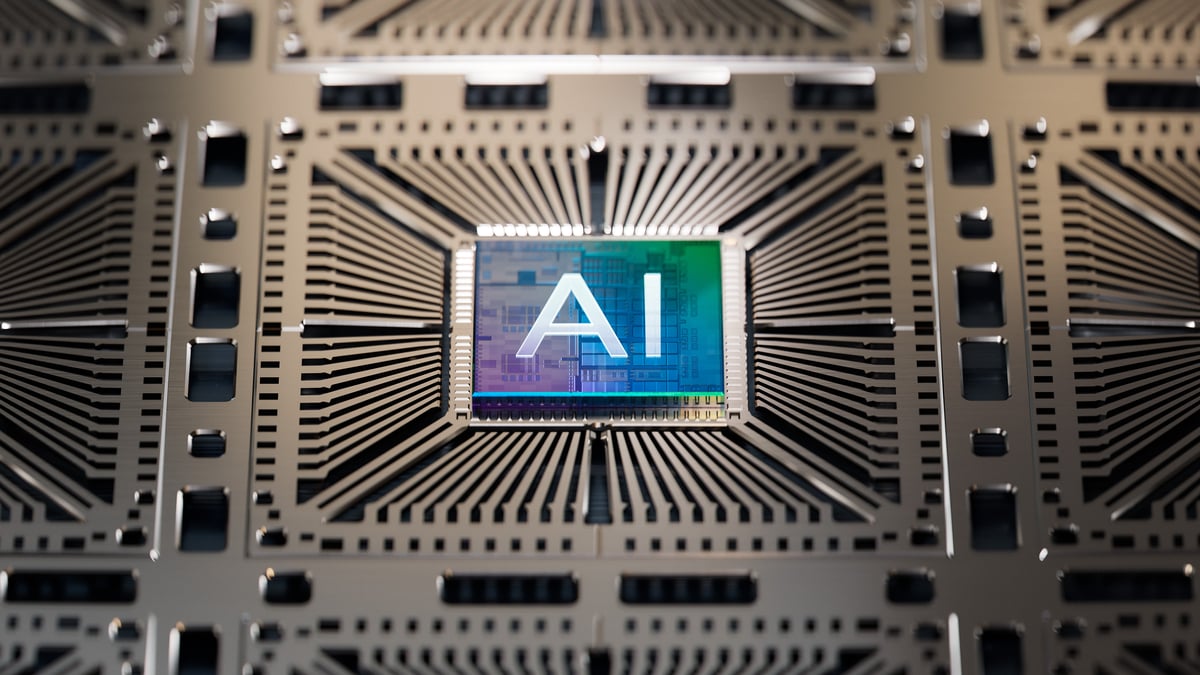Advanced Micro Devices (AMD +2.25%) has been on an incredible run over the past year with shares of the chipmaker nearly doubling thanks to its gains across the CPU (central processing unit) and GPU (graphics processing unit) markets against formidable rivals Intel (INTC 3.17%) and NVIDIA (NVDA +0.04%).
AMD has done well to shake Intel's dominance in both PC CPUs and server processors thanks to an advanced manufacturing process. Meanwhile, NVIDIA has also felt the pain from AMD's strategy of providing performance at attractive price points in the discrete graphics cards space.
However, AMD stock seems priced for perfection. It has a trailing price-to-earnings (P/E) ratio of nearly 125, while the forward P/E multiple of 47 does not scream value, either. The expensive valuation means that AMD's growth is already priced into its shares. It will have to consistently outperform Wall Street's ambitious expectations to justify the same and remain a top growth stock.
Can AMD do that and potentially double once again in the coming year? Let's find out.

Image Source: Getty Images.
AMD's big opportunity in laptops and servers
For AMD to sustain its terrific momentum, it will have to keep winning market share to boost its top and bottom lines. The good part is that AMD can indeed poach share from Intel in the PC and server CPU markets.
In PC CPUs, AMD's recent launch of the Ryzen 4000 mobile processors can help it tap into the growing demand for laptops as people shift to working from home in the wake of the novel coronavirus pandemic. Several laptop OEMs (original equipment manufacturers) such as MSI, Asus, Lenovo, Acer, and others have already launched models based on AMD's latest offerings.
What's more, independent tests indicate that Ryzen 4000-equipped laptops outperform Intel's Comet Lake-based devices. AMD's advantage is that its Ryzen 4000 laptop chips are based on the 7-nanometer manufacturing process as compared to Intel Comet Lake's 14-nanometer process.
Intel is scrambling to catch up to AMD's offerings, and it is on track to launch Tiger Lake laptop chips based on a refined 10nm manufacturing process. Chipzilla boasts that laptop OEMs will launch 50 designs based on the Tiger Lake platform this holiday season. AMD, however, seems to have stolen Intel's thunder already with 100 Ryzen 4000-enabled laptops expected to hit the market this year.
This could help AMD corner a bigger share of the laptop CPU market where Intel is currently the dominant force. According to CPU benchmarks submitted on PassMark, AMD reportedly holds close to 13% of the laptop CPU market currently, and Intel holds the rest. Though this isn't a precise representation of exact market share figures as PassMark's report is limited to consumers who test their devices on its site, it gives us a good idea of where AMD currently stands.
The good part is that AMD's market share has improved since the end of 2018 when it held an estimated 8% of the laptop CPU market, according to PassMark. Looking ahead, it won't be surprising to see the company carve out a bigger bigger slice of the pie thanks to the advantages it currently enjoys over Intel.
That could be a big deal for AMD as laptop sales are expected to increase from an estimated 166 million units last year to 171 million units in 2023, according to a third-party estimate.
On the other hand, AMD is also clocking gains in server processors. There's a ton of money for AMD to be made in the server processor market where it held just 4.5% market share at the end of last year and is reportedly aiming to hit a 10% share by the end of this year. According to AMD's estimates, the server CPU market could be worth $19 billion by 2023.
AMD generated $6.7 billion of revenue in fiscal 2019, and just $1 billion of that was from data center products. So a bigger market share in the server space could give its top line a nice bump in the future and significantly boost revenue given the massive opportunity in that end market.
NVIDIA needs to watch out
AMD exited 2019 with 31% of the discrete graphics card market under its control, according to Jon Peddie Research. NVIDIA is the dominant force in the discrete GPU market with the remaining share, but AMD did well to increase its share from around 19% in the fourth quarter of 2018.
Its stronger clout in the discrete GPU business could be attributed to NVIDIA's premium pricing and AMD's product strategy. NVIDIA's graphics cards have become more expensive over time, giving AMD the chance to corner the mid-range graphics card market thanks to its strategy of offering value-for-money products.
AMD took hold of this opportunity last year with the launch of the RX 5700 and RX 5700 XT GPUs that beat NVIDIA's competing offerings on both pricing and performance. These products have helped AMD bridge the gap with NVIDIA to a certain extent. Looking ahead, AMD may be about to close the gap further with NVIDIA when it launches its next slate of GPUs.
Based on the RDNA 2 architecture, AMD's upcoming graphics cards are expected to be launched by the end of the year and bring ray-tracing technology to gamers. This will bring AMD on par with NVIDIA, whose RTX graphics cards are already equipped with this technology. What's more, AMD also promises a 50% jump in the performance-per-watt of its upcoming graphics cards, indicating that they are going to be more energy efficient than the current lineup.
Additionally, the company will be supplying custom chips to power the next generation of video game consoles from Microsoft and Sony this year. This is another huge market that could significantly boost AMD's top line, as the current generation of consoles have shipped around 150 million units over their lifespan.
Still a good bet?
AMD is sitting on multiple catalysts across diverse markets that should help it sustain its impressive financial growth. The chipmaker anticipates revenue expanding 20% to 30% in 2020 despite the COVID-19 pandemic, but the launch of new products based on its chips could help it exceed those expectations.
Of course, the stock is richly valued right now, and even a slight misstep could lead to a sell-off. But investors who are looking for a company that's doing well amid the pandemic and seems likely to sustain that momentum long-term should still join the AMD gravy train if their risk profile permits.








